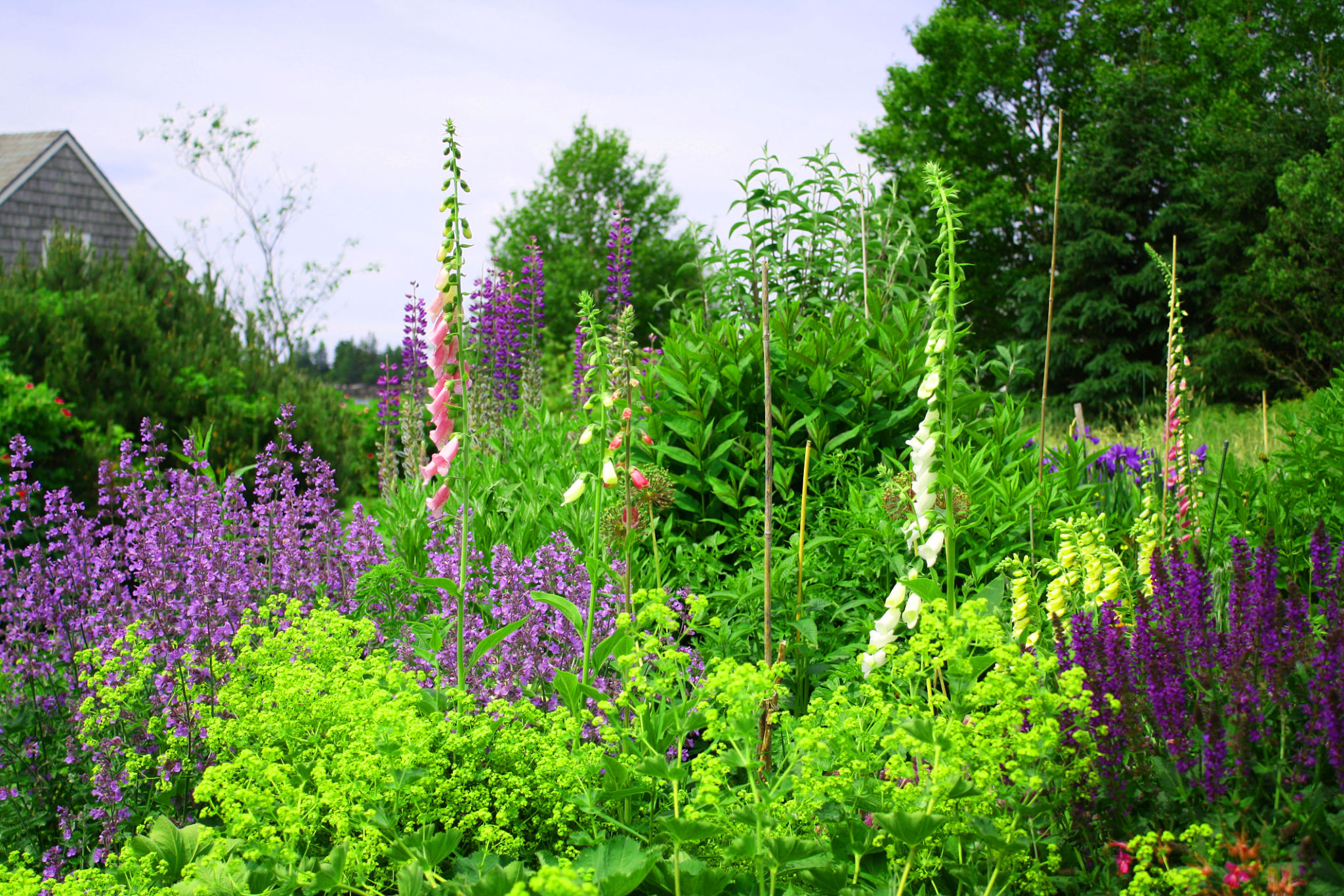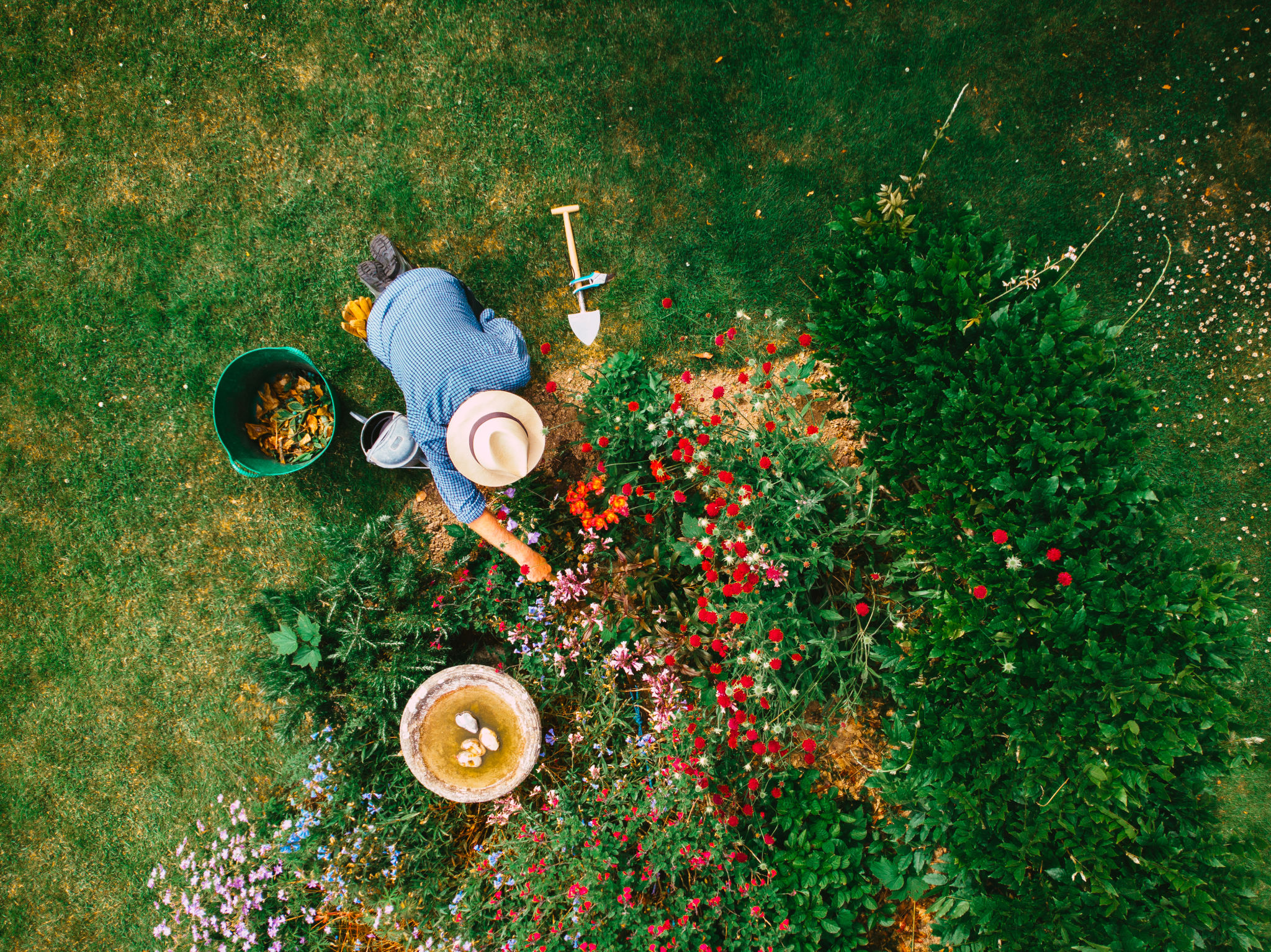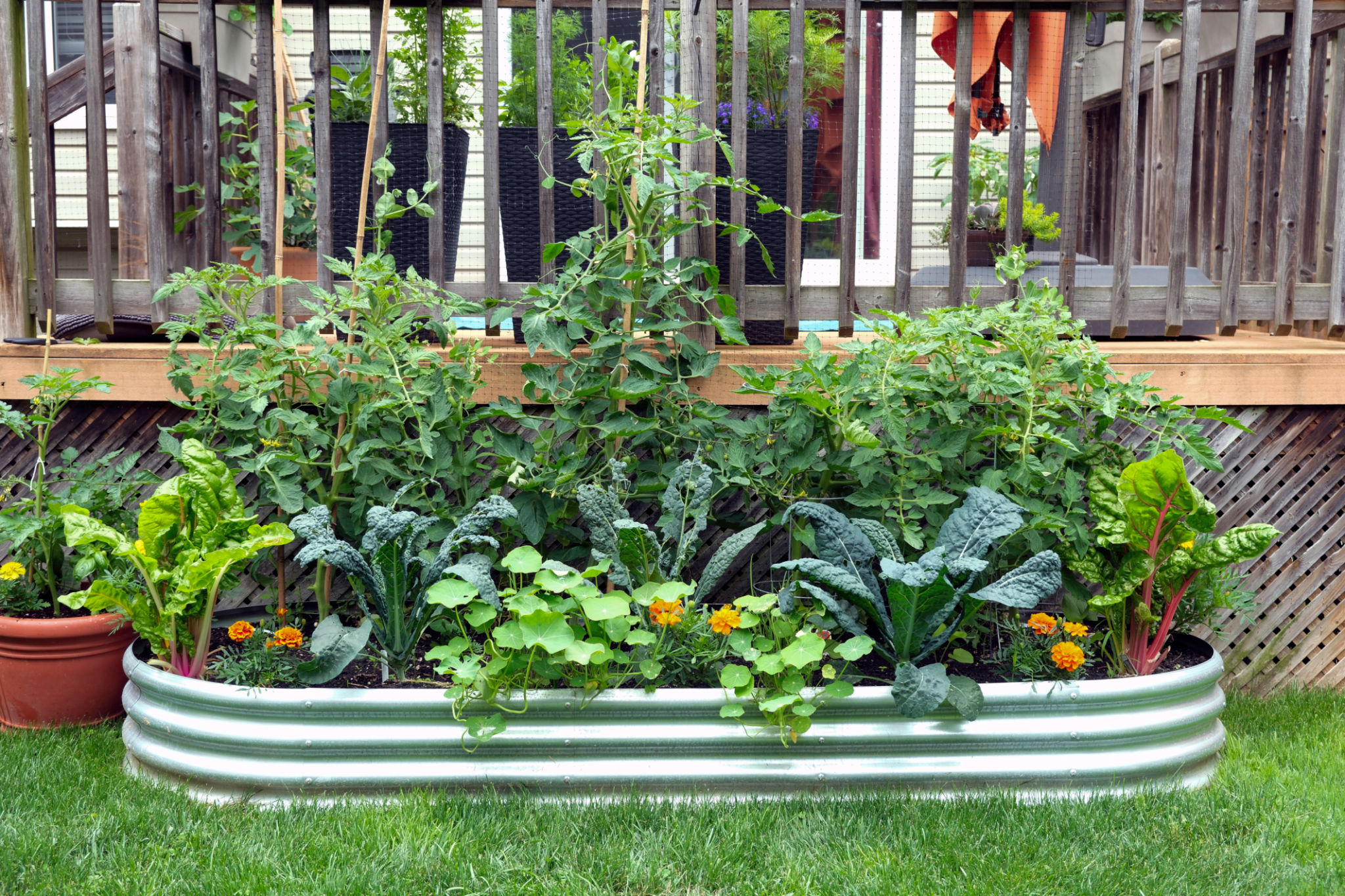Top Landscaping Trends in Oregon: Transform Your Outdoor Space
Native Plant Landscaping
Oregon's diverse climate makes it a perfect location for native plant landscaping, which is becoming increasingly popular. By incorporating plants that naturally thrive in the local environment, homeowners can create beautiful gardens that require less maintenance and water. Native plants such as Oregon grape, red-flowering currant, and Douglas fir not only enhance the aesthetic of your garden but also support local wildlife.

Integrating native plants into your landscape design can significantly reduce the need for fertilizers and pesticides. This approach promotes a healthier ecosystem and encourages biodiversity. Additionally, native plant landscaping is a fantastic way to embrace sustainability while enjoying a lush outdoor space.
Sustainable Hardscaping
Sustainability is a key trend in landscaping, and incorporating eco-friendly hardscaping materials is a great way to achieve this. Consider using recycled or locally sourced materials for patios, walkways, and retaining walls. Permeable pavers are particularly popular as they allow water to seep through, reducing runoff and helping to replenish groundwater supplies.

Another sustainable option is to use natural stone or reclaimed wood for outdoor structures. These materials not only look stunning but also blend seamlessly with the natural surroundings, creating a cohesive and environmentally responsible design.
Outdoor Living Spaces
With more people spending time at home, creating functional outdoor living spaces has become a top priority. Transforming your backyard with features such as outdoor kitchens, fire pits, and comfortable seating areas can extend your living space into the great outdoors. These additions make it easier to entertain guests or enjoy family time in a relaxed environment.

To keep these spaces inviting year-round, consider incorporating elements like weather-resistant furniture and patio heaters. Adding elements of comfort and warmth allows you to enjoy your outdoor area even during the cooler months.
Water-Wise Landscaping
Water conservation is increasingly important, especially in regions like Oregon where rainfall can be unpredictable. Water-wise landscaping focuses on designing gardens that use minimal water without sacrificing beauty. Drought-resistant plants, efficient irrigation systems, and mulching are all strategies to achieve a water-conserving garden.
Incorporating features like rain gardens or rain barrels can further enhance water efficiency by capturing and utilizing rainwater. These practices not only conserve water but also reduce your water bill and environmental footprint.
Edible Landscaping
Edible landscaping is gaining traction as homeowners look to maximize the functionality of their outdoor spaces. By integrating fruit trees, vegetable beds, and herb gardens into traditional landscapes, you can enjoy fresh produce right from your backyard. This trend not only provides nutritional benefits but also adds an element of beauty and productivity to your garden.

Consider companion planting to enhance the health and yield of your edible plants. For instance, planting marigolds near tomatoes can help deter pests, while basil can improve the flavor of tomatoes when grown nearby.
Wildlife-Friendly Gardens
Creating a wildlife-friendly garden is an excellent way to support local ecosystems and bring nature closer to home. By providing food sources, water features, and shelter, you can attract a variety of birds, butterflies, and beneficial insects to your yard. Planting nectar-rich flowers and installing bird feeders are simple ways to start.

Adding a small pond or birdbath can provide essential water sources for wildlife. These features not only enhance the beauty of your landscape but also contribute to the health of local animal populations.
